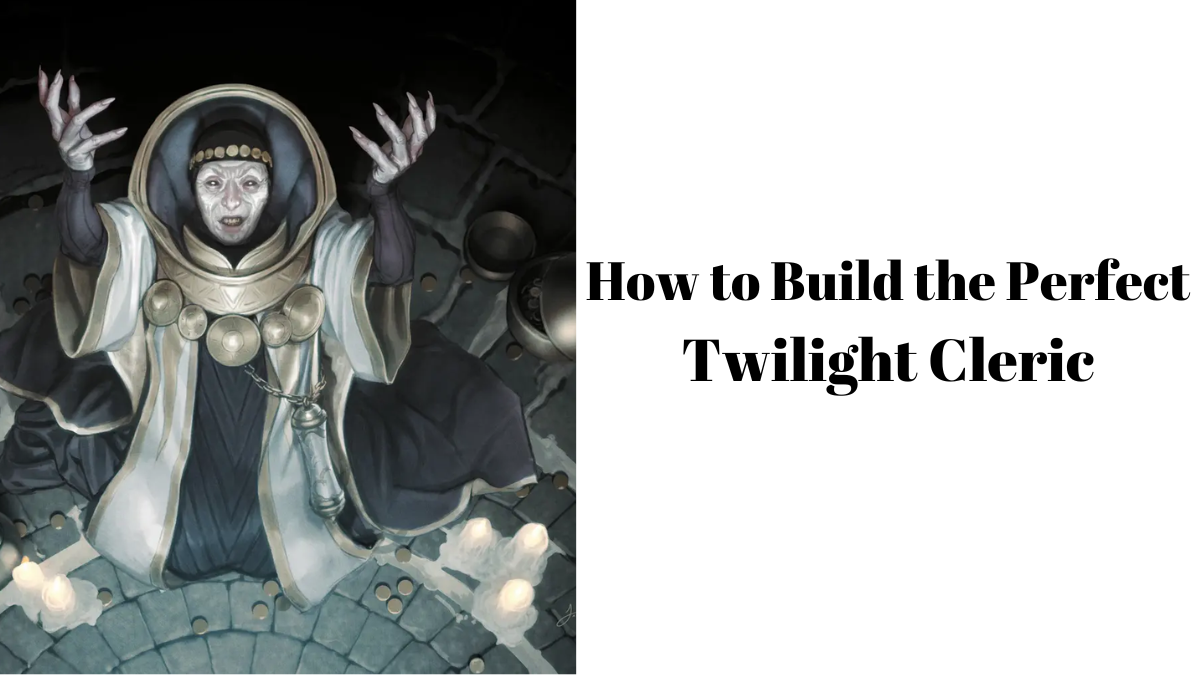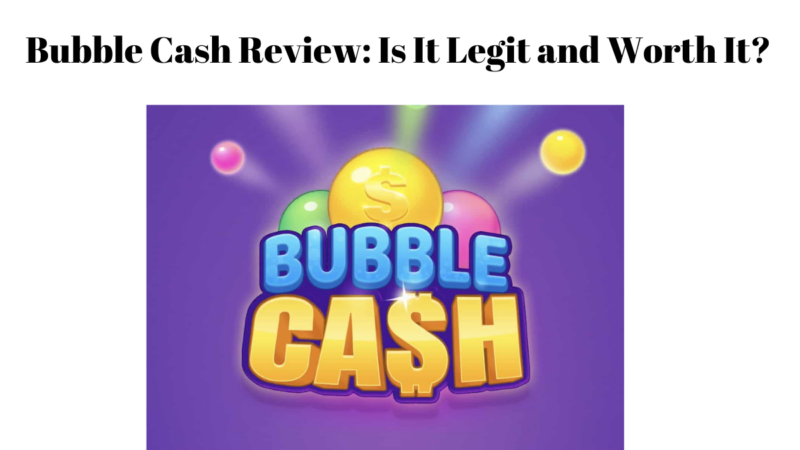Dungeons & Dragons: How to Build the Perfect Twilight Cleric

Twilight cleric – If you are looking for a versatile and supportive Twilight cleric subclass that can shine in any situation, you might want to consider the Twilight Domain. Introduced in Tasha’s Cauldron of Everything, this subclass grants abilities related to darkness, light, and protection.
In this article, we will explore how to build the perfect Twilight cleric, finding the best race, background, feats, and equipment choices.
Race
The best race for a Twilight cleric depends on your party role. If you want to be a frontline fighter, you might choose a race that boosts your Strength and Constitution, such as a half-orc, a goliath, or a dragonborn.
If you want to be more of a spellcaster, you might want to choose a race that boosts your Wisdom and Charisma, such as a variant human, a firbolg, or an aasimar. Alternatively, you might want to choose a race that has dark vision or other abilities that complement your subclass features, such as a drow, a tiefling, or a shader-kai.
Background
The best background for a Twilight cleric depends on your character’s backstory and personality. Some possible options are:
- Acolyte: You were raised in a temple or a monastery dedicated to a god of twilight, such as Selune, Shar, or Sehanine Moonbow. You learned how to balance the forces of light and darkness, and how to protect your allies from harm.
- Hermit: You lived in seclusion in a dark and remote place, such as a cave, a forest, or an underground city. You developed a deep connection with the shadows and the secrets they hide, and you learned how to use them to your advantage.
- Outlander: You grew up in a harsh and wild environment, such as a mountain range, a desert, or a tundra. You learned how to survive dark and cold nights and use the stars and the moon as your guides.
- Spy: You worked as an agent for a secret organization or a noble house, using your skills in stealth and deception to gather information and infiltrate enemy territory. You learned how to blend in with the darkness and how to manipulate light and shadows.
Feats
As a twilight cleric, you might want to consider taking one or more of these feats:
- Alert: This feat can increase your initiative by +5 and prevent you from being surprised, which can help you act first and use your subclass features more effectively.
- Inspiring Leader: This feat can let you give temporary hit points to up to six allies after a short or long rest, increasing their survivability and complementing your healing abilities.
- Magic Initiate: This feat can let you learn two cantrips and one 1st-level spell from another class, which can expand your options and versatility. Some good choices are Eldritch Blast, Hex, and Shield from the warlock class or Fire Bolt, Mage Armor, and Shield from the wizard class.
- War Caster: This feat can let you perform somatic components of spells even when you have weapons or a shield, making your spellcasting more convenient. It also gives you an advantage on concentration checks, which can help you maintain your spells.
Finally, it lets you cast a spell as a reaction when an enemy provokes an opportunity attack from you, which can be useful for spells like Inflict Wounds or Word of Radiance.
Equipment
As a twilight cleric, you have proficiency with light armour, medium armour, shields, and simple weapons. Depending on your stats and playstyle, you might want to choose different types of equipment:
Armor
If you have a high Dexterity score, you might want to wear light armor, such as studded leather or a robe of the archmagi. If you have a low Dexterity score, you might want to wear medium armor, like a breastplate or half plate. You might also want to use a shield for extra AC.
Weapons
If you have a high Strength score, you might want to use a melee weapon, such as a mace, a Warhammer, or a greatsword. If you have a high Dexterity score, you might want to use a ranged weapon, such as a crossbow, a longbow, or a sling. You might also want to use a weapon that deals with radiant or necrotic damage, such as a sun blade or a mace of disruption.
Magic Items
As a twilight cleric, you might benefit from magic items that enhance your spellcasting, healing, or protection abilities. Some examples are:
- A cloak or ring of protection can increase your AC and save throws by +1.
- A pearl of power or a rod of the pact keeper allows you to regain one expended spell slot once per day.
- A healing staff or a wand of cure wounds can let you cast healing spells without using your own spell slots.
- A holy symbol of ravenkind or an amulet of the devout can enhance your Channel Divinity features.
- A ring of spell storage or an iron stone of reserve can let you store spells that you or another caster can cast later.
Conclusion
The Twilight cleric is a versatile and supportive subclass that can excel. By choosing the right race, background, stats, spells, feats, and equipment, you can build the perfect Twilight cleric for your campaign. Hope we have covered everything that you want to know. For more, keep reading our blogs.






